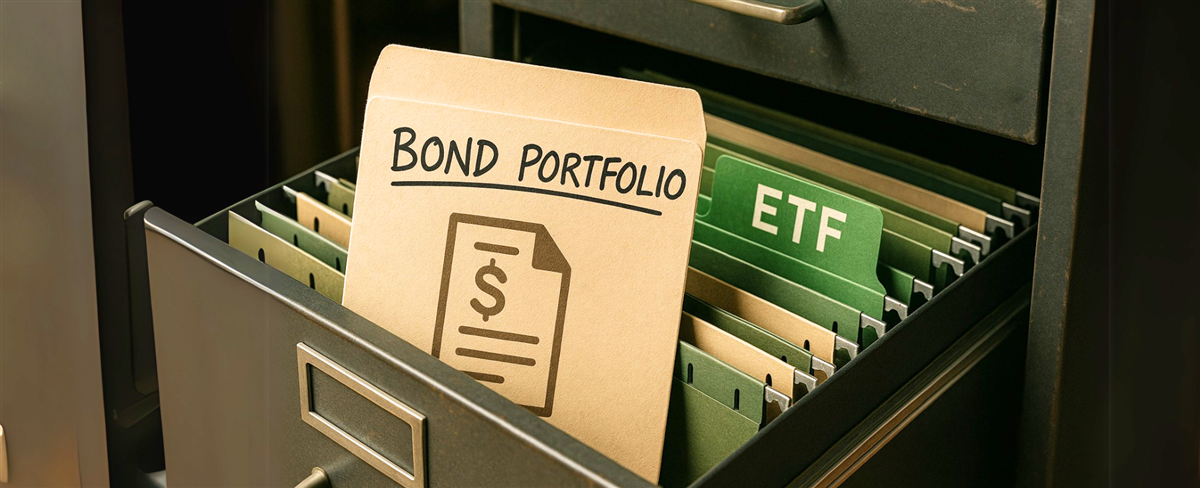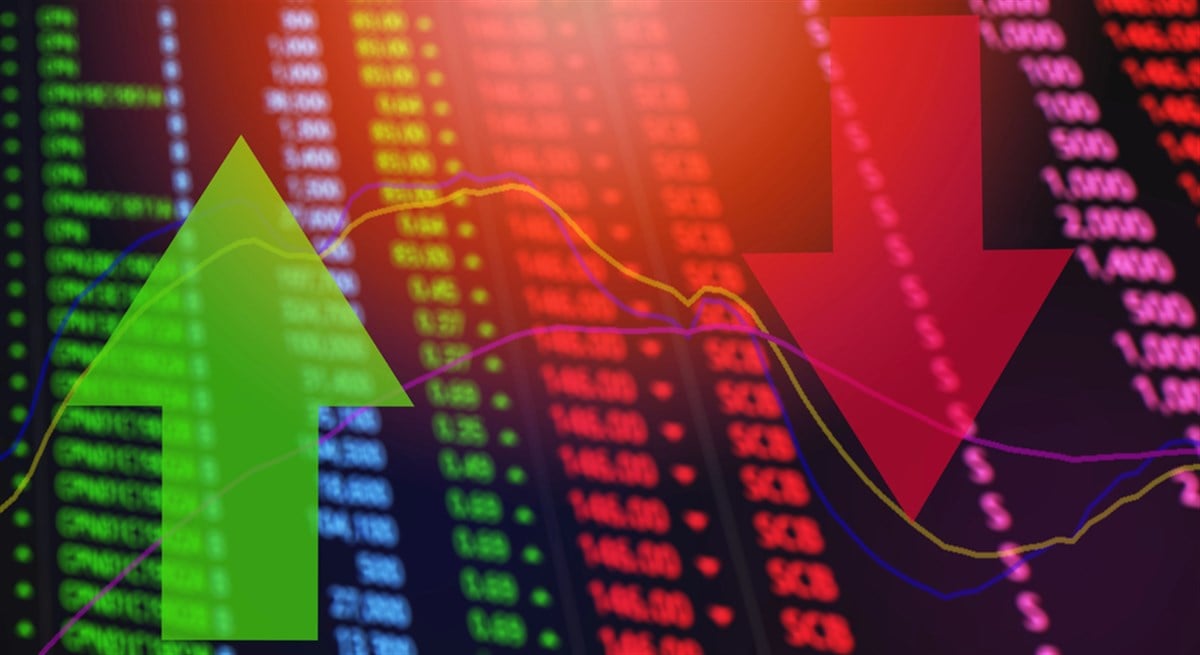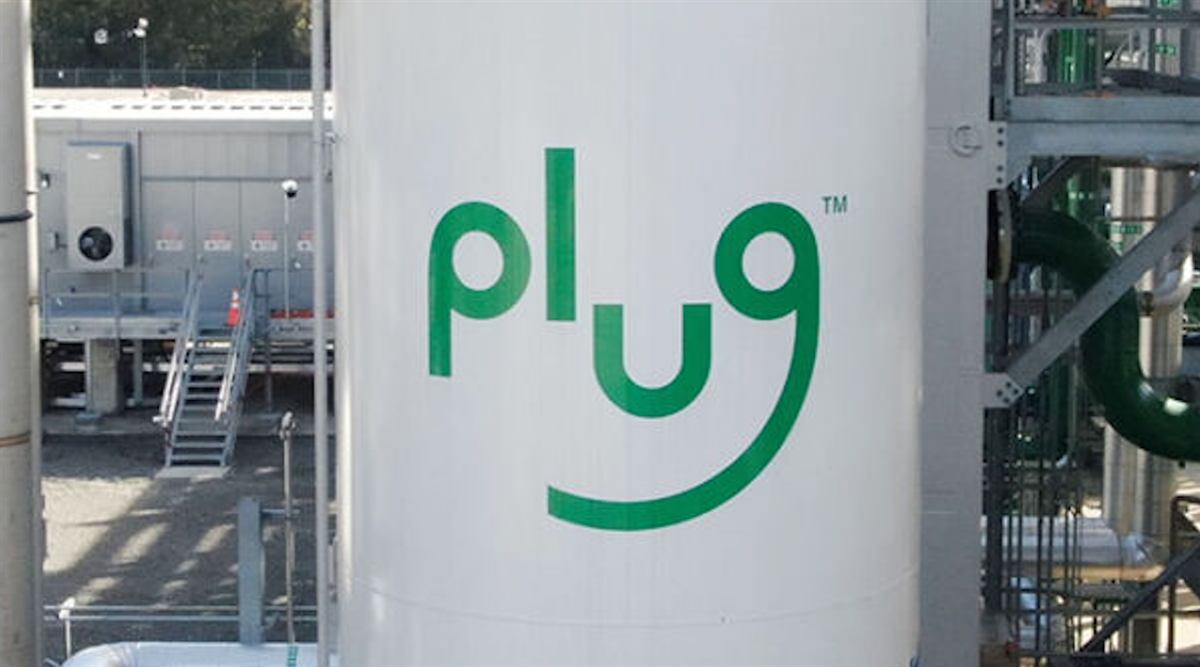Build a Complete Bond Portfolio With These 4 ETFs

Though the S&P 500 has recently returned to positive territory in terms of year-to-date (YTD) performance, turbulence throughout 2025 so far may have pushed skittish investors away from stocks and toward bonds.
There are some compelling reasons to consider bond investments now. Interest rates remain high, and the Fed has signaled that economic changes could continue to buoy rates in the near term.
Though markets may have stabilized for now, the threat of tariffs and other causes of volatility lingers, and bonds may be a safe haven for cautious investors. On the other hand, some investors might cite credit risk, the possibility of further rate changes, and other concerns as reasons to hold off on bond investments for the time being.
For those seeking to build up their bond portfolios, one of the best ways to achieve diversification across the broad spectrum of the bond market is the use of exchange-traded funds (ETFs). While the funds below do not provide access to every corner of the bond world, they could play a role in developing a broad-based portfolio of bond investments with the ease and accessibility of just a handful of ETFs.
Federal Tax-Free Income With Diversified High-Risk, High-Reward Muni Bonds
The VanEck High Yield Muni ETF (BATS: HYD) targets municipal bonds that provide federal tax benefits. In particular, the bonds in HYD's portfolio are high yield, meaning that they are below investment grade and may be more likely to default. This makes HYD a good way to introduce a relatively high-risk, high-reward bond investment into your portfolio.
Still, HYD's basket of bonds is fairly well diversified. It covers a large range of municipal sectors across well over 1,600 holdings and areas all across the United States. Further, the portfolio is not heavily weighted toward any particular subgroup of bonds, with the largest positions still representing under half a percent of the total portfolio. Still, some of the top holdings for HYD include municipal bonds for Puerto Rico, California, Arkansas, and Houston, Texas.
HYD's dividend yield is an impressive 4.38%. Compared against an expense ratio of just 0.32%, this fund has an excellent track record of delivering passive income to investors.
Another Segment of the Muni Bond Space With U.S. Treasury Benefits
The Invesco Taxable Municipal Bond ETF (NYSEARCA: BAB), like HYD above, targets municipal bonds; however, BAB focuses on so-called Build America Bonds (BABs) issued by U.S. states and territories. Unlike other munis, BABs are taxable.
However, issuers of BABs also receive a benefit from the U.S. Treasury in the form of a payment of 35% of the total interest payable to investors, which impacts the effective interest rate.
A further way that BAB accesses a different segment of the bond market from HYD is that this fund focuses primarily on investment-grade bonds, meaning that the risk level (as well as the attractiveness during times of market turmoil) is improved.
BAB holds close to 900 positions, with the top handful of holdings each representing about 1% of the total portfolio. These holdings include BABs for California, the University of Texas, and Illinois, among others. BAB's dividend yield is 4.03% and its expense ratio is 0.28%.
Corporate Junk Bonds Provide Risk But Yield Opportunity
For another segment of the bond space, consider the SPDR Bloomberg High Yield Bond ETF (NYSEARCA: JNK), which offers access to U.S. dollar-denominated high yield corporate bonds, commonly known as junk bonds.
These bonds tend to have at least one year to maturity as well as $600 million or more in outstanding face value.
Like HYD above, JNK is a riskier proposition within the bond space, as some of the holdings here may be more likely to default than other bond ETF positions.
JNK's expense ratio is 0.40% higher than the funds above, but this also comes with a higher dividend yield of 6.64%.
When considering whether JNK can fit into a bond fund portfolio, be sure to remember the risk profile of this and other high yield bond funds.
High-Yield Exposure to Emerging Market Bonds
All of the funds above are focused on U.S. bonds, but the VanEck J. P. Morgan EM Local Currency Bond ETF (NYSEARCA: EMLC) offers diversification outside of the United States. EMLC provides exposure to the debt of issuers in emerging markets.
This may be particularly attractive for investors looking for a hedge against the U.S. dollar.
EMLC has around 450 positions in its portfolio, with bonds issued by the governments of Brazil, Turkey, Mexico, South Africa, and Poland all among the best represented. This diversification helps to mitigate risk, though emerging markets plays may carry higher risk levels than bonds issued in the United States.
EMLC has an attractive dividend yield of 6.21% against an expense ratio of just 0.30%, making this one of the more cost efficient bond fund options available.
Balancing Yield and Stability: How Bond ETFs Can Anchor Your Portfolio
In an environment marked by economic uncertainty, high interest rates, and lingering geopolitical risks, bond ETFs offer investors a compelling path to diversification, income, and risk management. Whether seeking tax-advantaged income through municipal bonds, high-yield opportunities via corporate or emerging market debt, or broad-based exposure across credit profiles and geographies, these ETFs provide accessible, efficient ways to build a robust bond allocation.
As always, investors should consider their individual risk tolerance, income needs, and market outlook when selecting among these options. But for those seeking to balance risk and reward in today’s complex market, these bond ETFs offer essential tools for navigating uncertainty while generating steady income.
Learn more about HYD


